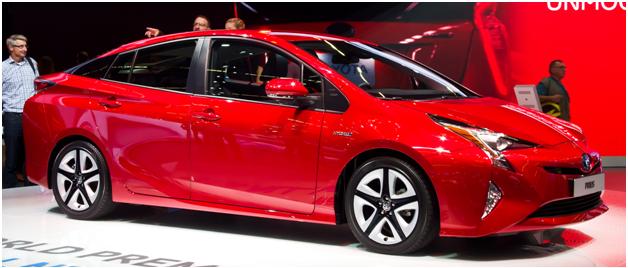
Element designed to prevent the occupants of a vehicle from moving from their seats in case of impact. Its use can reduce by almost half the probability of being killed in an accident. Current regulations: DS 26/2000 MTT makes it mandatory to have seat belts, both in front and rear seats. Article 75 of the Traffic Law makes its use mandatory.
More information in: Seatbelt
Air Bag
Additional restraint system, which in case of collision or serious collision of the vehicle, automatically deploys and inflates a flexible structure, which limits the severity of the contacts of one or more parts of the body of an occupant of the vehicle with the interior of the passenger compartment. Current regulations: DS 249/2014 MTT requires the compulsory use of airbags in light vehicles that enter the vehicle fleet progressively as of 2015, according to the type of vehicle. This regulation updates the DS 26/2000 MTT.
Child Retention Systems
System designed to protect children, keeping them secured to the seat. There are specific chairs for each age, size and weight of the child, so it is the responsibility of the parents to know the characteristics of the devices. Likewise, the child restraint systems must be installed according to the options that the vehicle possesses (safety belt, isofix or latch anchor) and indications given by the manufacturer. Child restraint systems will lose their effectiveness if they are not installed correctly. Current regulations: Law number 20,904 that modifies the Traffic Law makes mandatory the use of a child restraint system in children under 9 years of age (or stature of 135 centimeters and 33 kilograms of weight). DS 75/2016 amending DS 176/2006 MTT establishes the requirements that child restraint systems must meet.
Isofix or Latch anchors
The ISOFIX or LATCH systems are anchoring systems that simplify the installation of the child safety seat without the use of a seat belt. The ISOFIX or LATCH systems are anchoring systems that simplify the installation of the child safety seat without the use of a seat belt. Since this system allows child seats to be mounted quickly and safely, the possibility of making mistakes in the installation of the chair is considerably reduced. The system consists of two lower anchors and, in the case of some vehicles, a third anti-rotation anchor point.
Current regulations: DS 205/2013 amending DS 26/2000 of the MTT establishes that all vehicles approved as of March 26, 2017 must have ISOFIX or LATCH anchors to hold child restraint systems.
Support Heads
Element located on the back of the seat or that constitutes its upper projection. It seeks to reduce the injuries that could be caused by the movement of the neck, after an accident. To correctly regulate the headrest and maximize the contribution to safety:
Safety belt use reminder system
System that aims to warn the driver when he does not use the safety belt. Current regulations: DS 26/2000 MTT establishes that as of May 2015, light vehicles that are homologated must have this element.
Safety glass for windshield
That which, as a consequence of an impact, does not produce sharp edges and ensures the maintenance of a reasonable degree of transparency for the visibility of the driver. This is achieved through laminated windshields, which consist of two glass plates joined by a sheet of intermediate security. The safety glasses, including the windshield, should allow a perfect visibility from and to the interior of the vehicle. On the other hand, to increase the resistance of the side glasses, there are options of safety sheets that adhere to the original glass. When performing an installation of this type, it must be taken into account that there are no bubbles in the sheet. In addition, when product of the time of use the sheet presents wear and / or scratches, this must be removed in order to ensure perfect visibility.
Occupant protection system
Set of structural elements of the body that provides car protection to the occupants of the vehicle in the event of a collision, collision or rollover. It consists of: programmed deformation body, undeform able passenger compartment and side protection. Is one that, in case of impact, has conditions to retract in order not to assault the driver? In vehicles that do not have this element, in front of a frontal collision, the steering column can act as a spear spear against the driver of the vehicle. With the retractable steering column, in a similar collision, the bar is deformed so as not to damage the driver’s body.



















